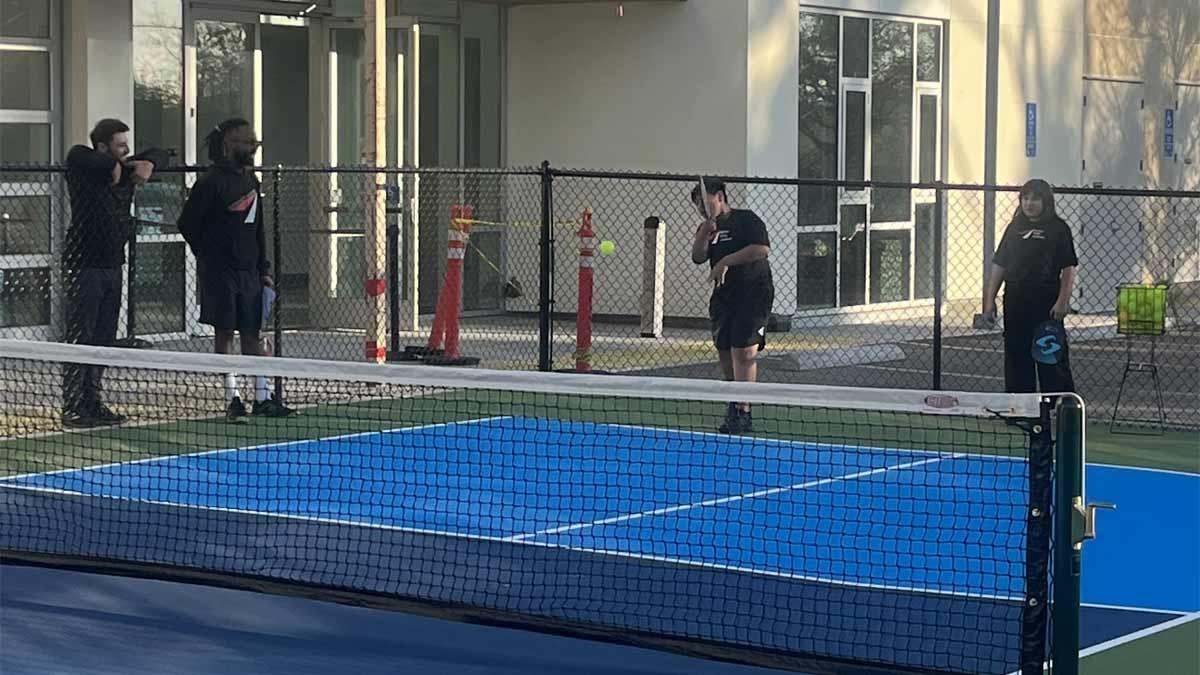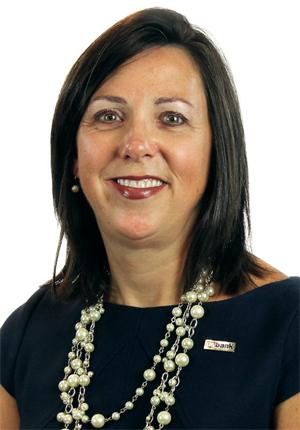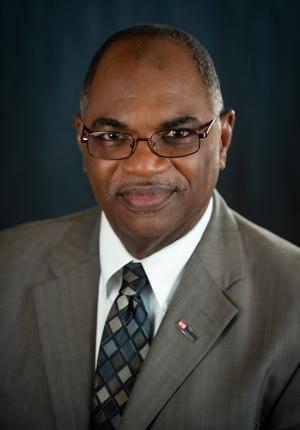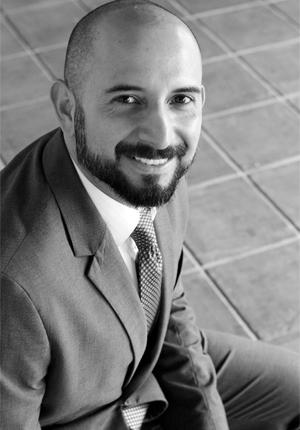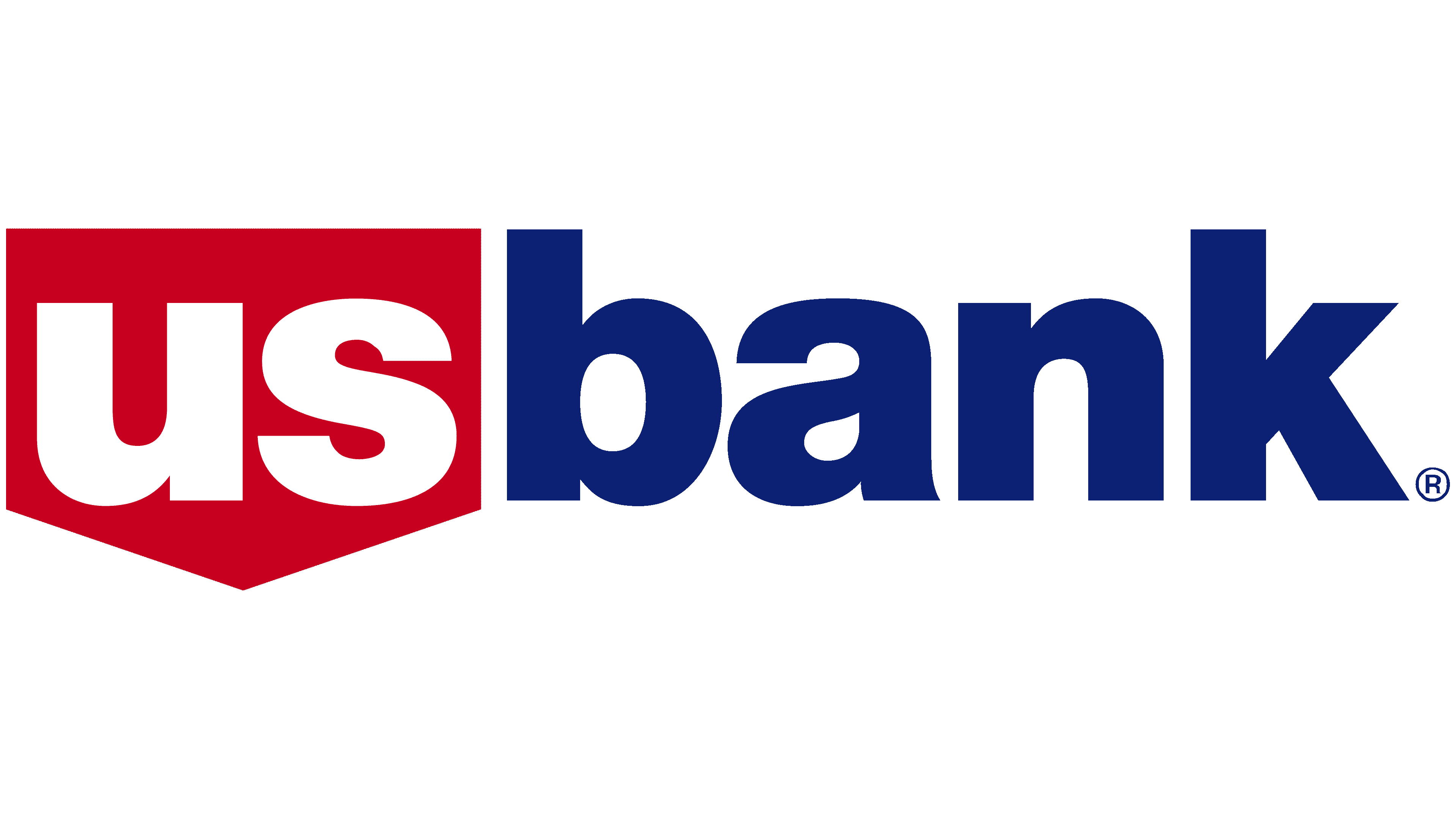U.S. Bank Foundation Supports Local Communities With $16.5 Million in Grants
Community Possible program boosts nonprofits that create opportunities for work, home and play throughout the country
Originally published on U.S. Bank company blog
The U.S. Bank Foundation recently distributed more than $16.5 million in Community Possible grants to some 500 nonprofits, with plans to continue giving throughout the year. The Community Possible program, which includes giving and volunteerism, is designed to help create job opportunities, affordable housing and arts and cultural activities by supporting nonprofits in the communities the bank serves.
U.S. Bank community affairs managers work closely with bank employees, community leaders and nonprofits to identify how the bank and its foundation can best support the needs of each community. As they foster connections and spark collaborations through the Community Possible pillars of work, home and play, three community affairs managers reflected on how the work can have a lasting impact on communities – and is personally meaningful as well.
Pam Maxwell, community affairs manager for rural California, Idaho, Montana, Wyoming, Utah and tribal areas:
As I look back on growing up in what used to be a small town – Napa, California – I remember walking down First Street with my grandma and thinking that she knew everyone downtown. I guess she did, as she owned a flower and gift store, Herritt’s Flowers & Gifts, with my grandfather.
When my grandfather passed, my grandmother and my mother continued to run the business for many years along with my dad, who was always helping out, my brother joining as a delivery guy for a short time, and I did a little bit of everything. When she passed away, my mom took over the business, and after 58 years, she retired and closed the business. To this day, when she volunteers in Napa, she is told that Herritt’s Flowers & Gifts is so missed.
Entrepreneurs make a difference within rural communities: They bring people together to support one another within their community, they create a connection with knowing each other and wanting to help support one another, and they create a culture that lives on for years.
When I visited Great Falls, Montana, for the first time and met with the Great Falls Development Authority to talk about the work it does, it felt like it is creating that atmosphere that I had when I was growing up. Nonprofits like Great Falls Development Authority are needed in these rural areas because they drive economic development for those who have lived there for years and also create the atmosphere to bring new folks to beautiful areas across the country.
Jeffery Mills, community affairs manager for Kentucky and Tennessee:
What’s wonderful about working with organizations that are focused on homeownership is that you are able to actually see work in progress – potential homebuyers going through the process of trying to get into a home or the building of a home.
We have supported multiple Habitat for Humanity organizations, and I have had the opportunity in my career to serve on several Habitat boards. When I was first recruited to serve on a Habitat board, the comment was: “We can find individuals to swing hammers, but we need your financial background.” A few years back, I had the opportunity to be part of the Jimmy & Rosalynn Carter Work Project, where we helped build multiple houses in a short period of time. It was as honor to be on the same turf as President Carter.
Enrique Meza, community affairs manager for San Diego:
Supporting opportunities for play is deeply meaningful to me because of my personal journey and connection to the City Heights neighborhood in San Diego.
When I first moved to City Heights 25 years ago, I was struck by the vibrant diversity and cultural richness of the community. Yet I also witnessed firsthand the lack of safe, accessible and engaging play-focused opportunities for children and families.
Play is more than recreation—it’s a vital part of community health, youth development and social connection. In City Heights, where many families face economic challenges and limited access to green spaces or structured after-school programs, the need for inclusive and joyful play environments has always been clear. I’ve seen how even small investments in parks, community centers and youth programs can spark transformation and hope.
Working with Access Youth Academy , located in the heart of City Heights, helps us support youth through a holistic program that blends academic enrichment, health and wellness, social responsibility, and leadership development — all powered by the unique catalyst of sport. Students from low-income backgrounds receive tutoring, mentorship, college and career guidance, and athletic training in squash and pickleball. This combination of academic and athletic excellence not only builds confidence and discipline but also opens doors to higher education and lifelong success.
The U.S. Bank Foundation is a tax-exempt private foundation described in section 501(c)(3) of the Internal Revenue Code. The Foundation is funded primarily through contributions from U.S. Bank National Association and its affiliates and subsidiaries. The Foundation’s mission is to close the gaps between people and possibility in the areas of work, home, and play.

